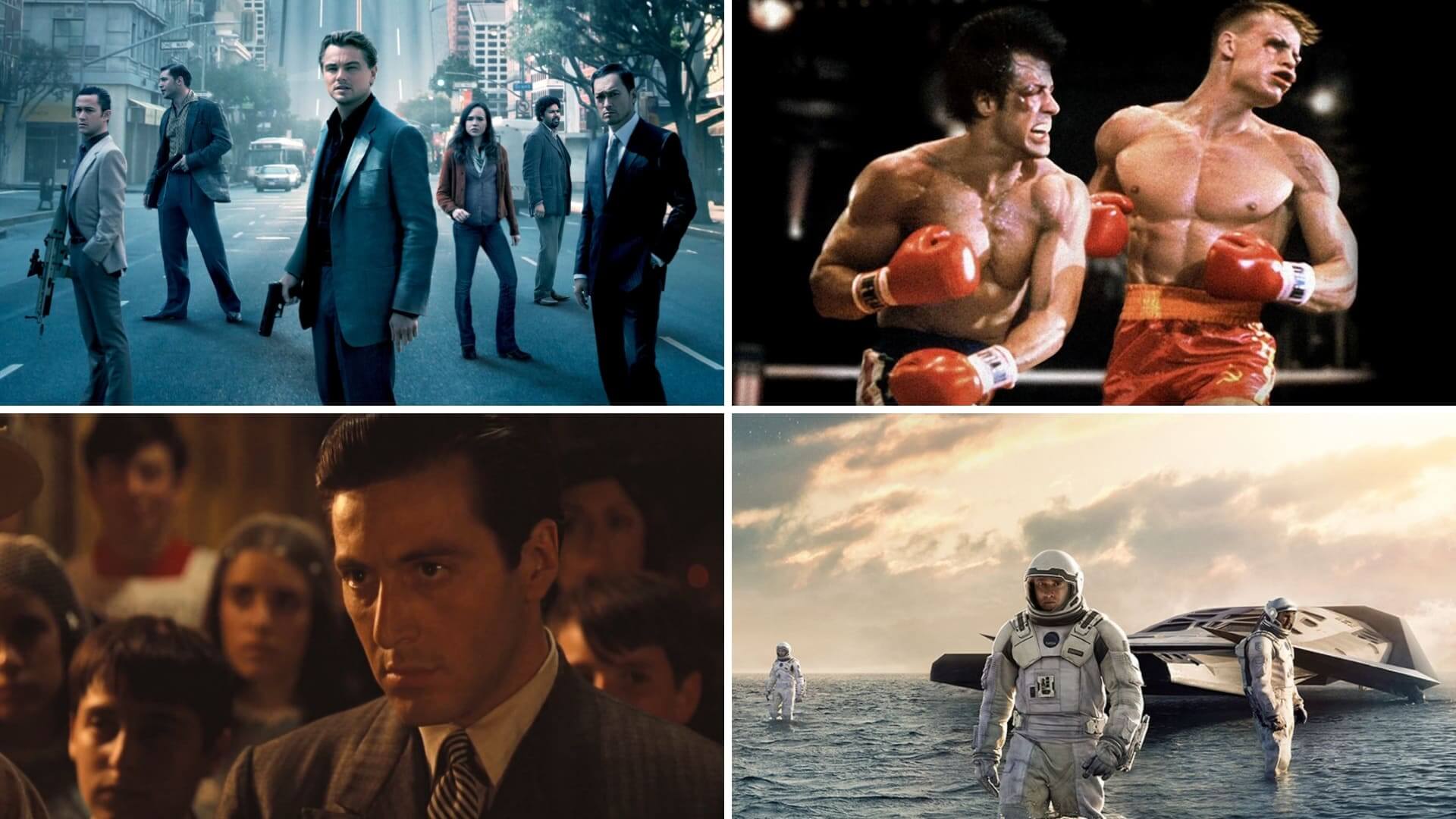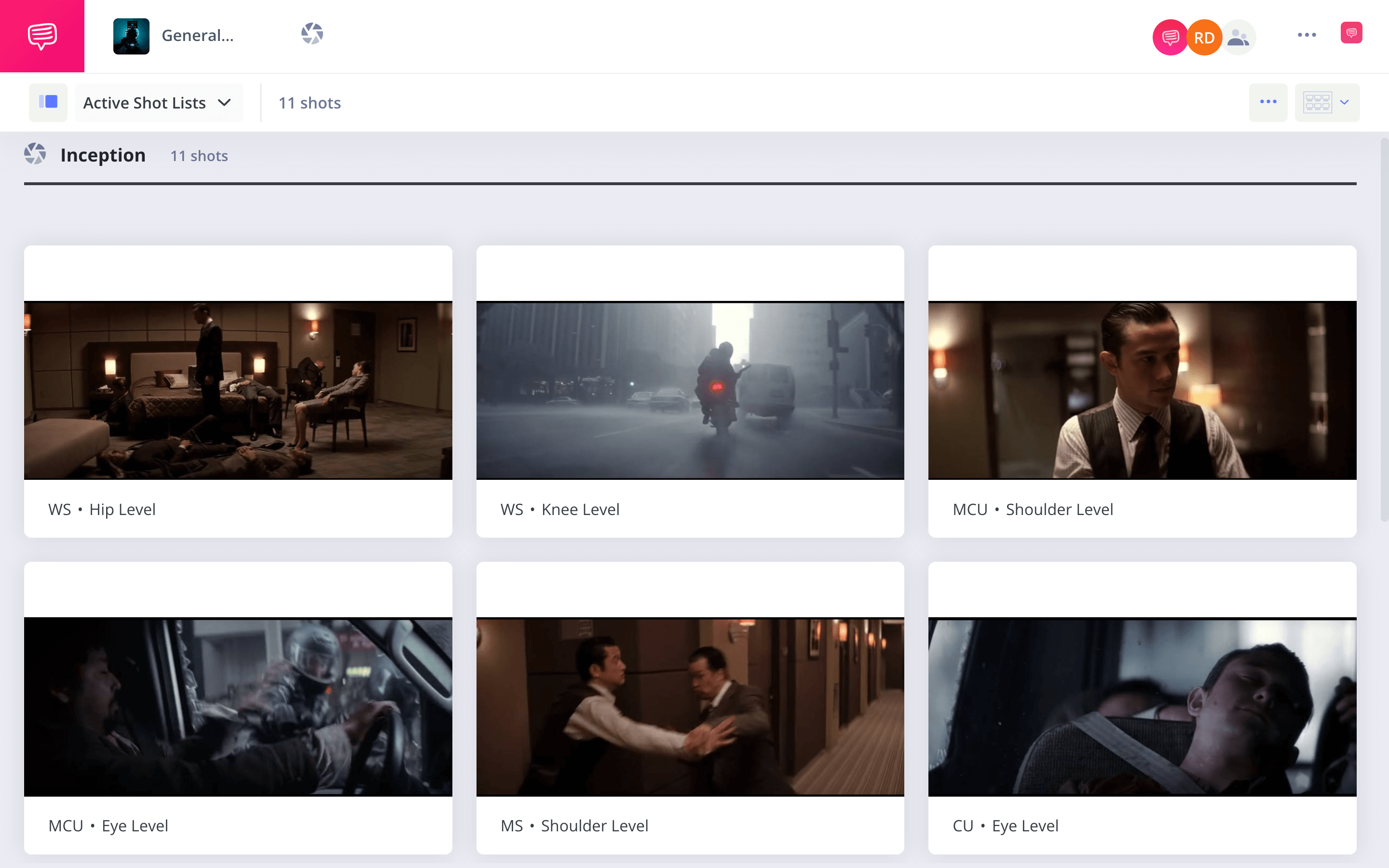Cross Cutting and parallel editing are highly effective editing techniques that can greatly improve the quality of any film or visual work. If you’ve heard the expressions “greater than the sum of its parts,” then you already know why these techniques are used so often in filmmaking. In this post, we’re going to give you a cross cutting definition with some iconic examples and the parallel editing techniques to elevate your next project.
The Value of Cross Cutting
Why use cross cutting or parallel editing
It only took the first filmmakers a few years to understand that the manipulation of time and space with editing was the key characteristic that set film apart from other art forms. Editing within one scene is just the beginning — editing between multiple scenes, especially during tense or climactic moments is a highly effective technique.
We've seen these techniques used for decades so we might not even notice them as they're happening. But that doesn't mean cross cutting and parallel editing have lost any of their purpose or power. Let's start with a parallel editing and cross cutting definition before we illustrate their differences with iconic examples.
Cross Cutting Definition
What is cross cutting in film?
Cross cutting in film is an editing technique that cuts separate actions together to illustrate moments that take place simultaneously within the narrative structure. The “rules” of cross cutting as far as their relation to scale and time are not overly strict, but the majority of cross cuts are used to show large scale events that occur across multiple locations.
The distance of these separate locations could be rather short, for example in the same building, or can be as far as completely different planets. The main idea is to show the viewer multiple views across different locations.
Parallel Editing DEFINITION
What is parallel editing in film?
Parallel editing is a specific cross cutting technique that creates a narrative parallel that the viewer may compare and contrast. For example, if one character is scrubbing toilets while the other is riding a jet ski across a scenic lake, the visuals will create an undeniably powerful narrative point of view through the use of editing both scenes next to and in between each other.
What is cross cutting in film?
- Show actions across multiple locations
- Pair events that are occurring simultaneously
- Create a narrative parallel to compare and contrast
Cross Cutting vs Parallel Editing
The differences between the two
The way cross cutting and parallel editing has evolved can certainly be traced back to Soviet Montage Theory and filmmakers like Sergei Eisenstein and Dziga Vertov.
Beginning in the 1920s, these filmmakers seized upon the political and powerful effect of these techniques and turned them into an art form.
Cross cutting is most often used to build anticipation and to show a large scale operation at work. If you have a big scene where a group of thieves carry out a heist, you can build rhythm, momentum, and anticipation.
For example, you can cut between one thief cracking the vault, another thief crawling in the air duct, and the getaway driver waiting in the car. This does more than simply tell the story "quicker." It creates an even more tense situation that would be difficult to replicate if the scenes were presented one after the other.
Each of these situations generate their own unique levels of stress and suspense, but when combined into a single sequence, that suspense can multiply. If you've seen any of Christopher Nolan's films, you know that cross cutting is a common technique, especially during the climaxes.
This video breaks down the inherent and creative effects of cross cutting and how Nolan uses them to craft montages.
Cross Cutting & Parallel Editing • Subscribe on YouTube
Parallel editing can also generate suspense, but is more often used to illustrate similarities and differences for situations that occur at the same time.
Like in our parallel editing example above, we see one character hard at work while the other enjoys a vacation. This illustrates the differences in circumstances, but parallel editing can also be used to show how similar they actually are.
For instance, you could show a scene of a butcher as they prepare a chicken for a fancy meal while. In a separate location, a serial killer has captured a victim and prepares to carry out their heinous act. This draws a parallel between the two actions, and allows the viewer to compare.
Cross Cutting Example
Cross cutting example from Inception
Take a look at the shot list example below of cross cutting in Christopher Nolan’s Inception. This cross cutting example will help show actions that occur simultaneously and combine to build more suspenseful scenes:
We begin in the first dream layer, with Yusuf behind the wheel of a van carrying the team, including Arthur. We see a motorcycle approaching from behind which begins a chase scene in dream layer one.
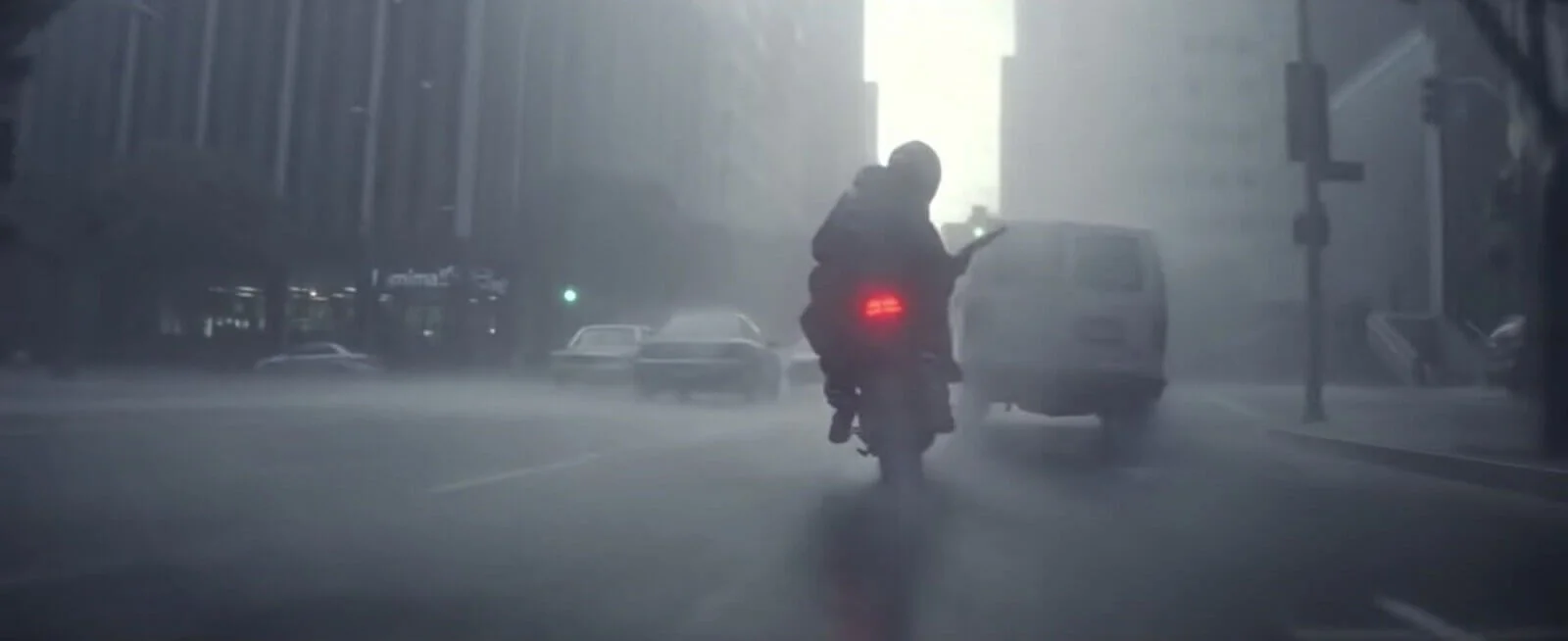
Dream Layer #1 • Cross Cutting
We get our first cross cut to the second dream layer as Arthur can feel something is wrong in the above dream layer. Because these cuts are sequential, we automatically know that the actions of the above layer are directly affecting the second dream layer.
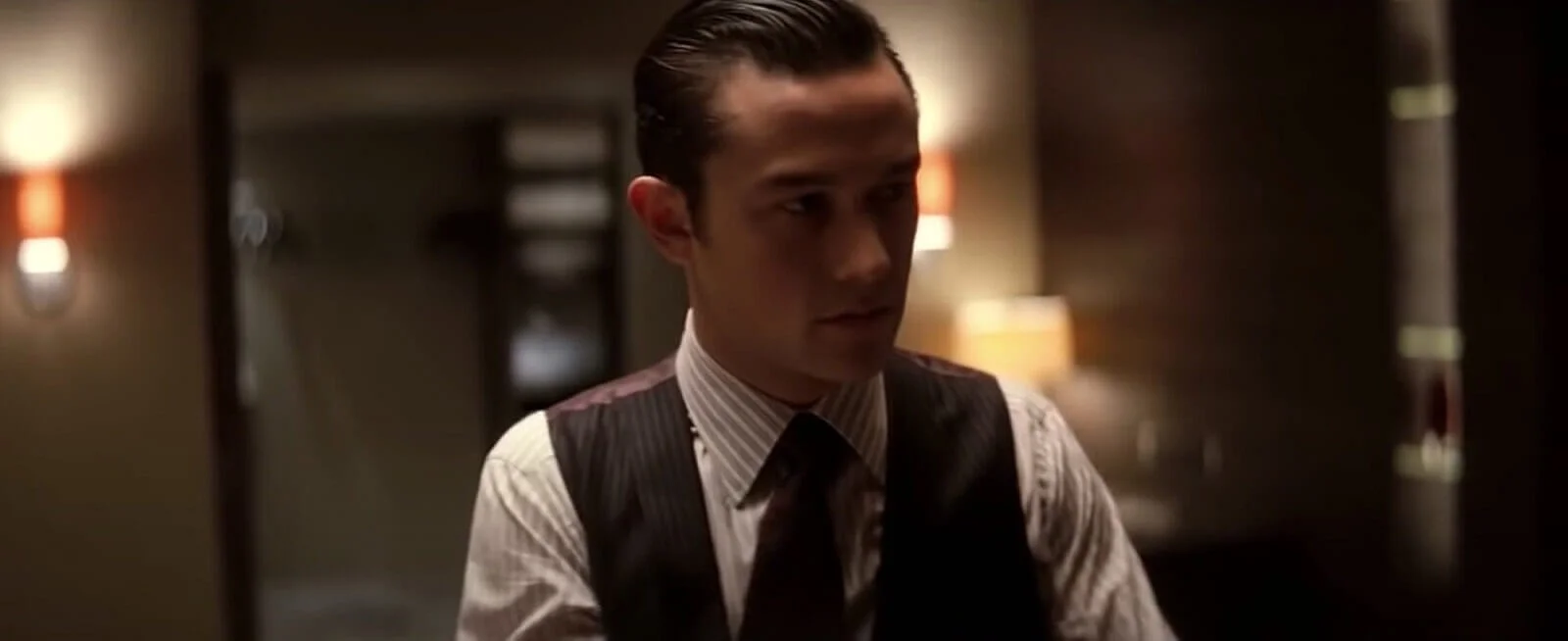
Dream Layer #2 • Cross Cutting
Inception is a very specific case where the actions create direct changes in the other dream layers. But this could be the same as someone cutting the power to a building, and the effect across multiple locations.
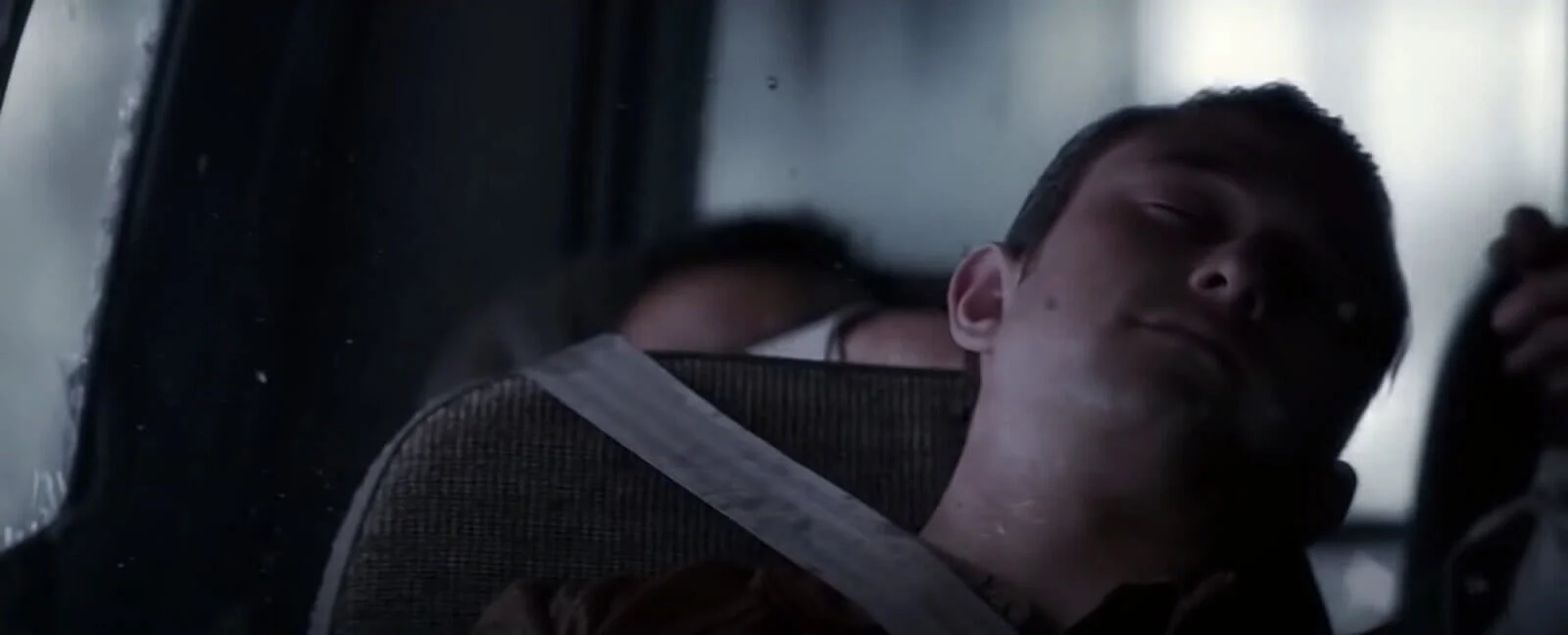
Dream Layer #1 • Cross Cutting Editing
Through the use of cross cutting, we experience the suspense caused by the assault on the van as well as the fight between Arthur and the security forces that takes place in the second dream level.
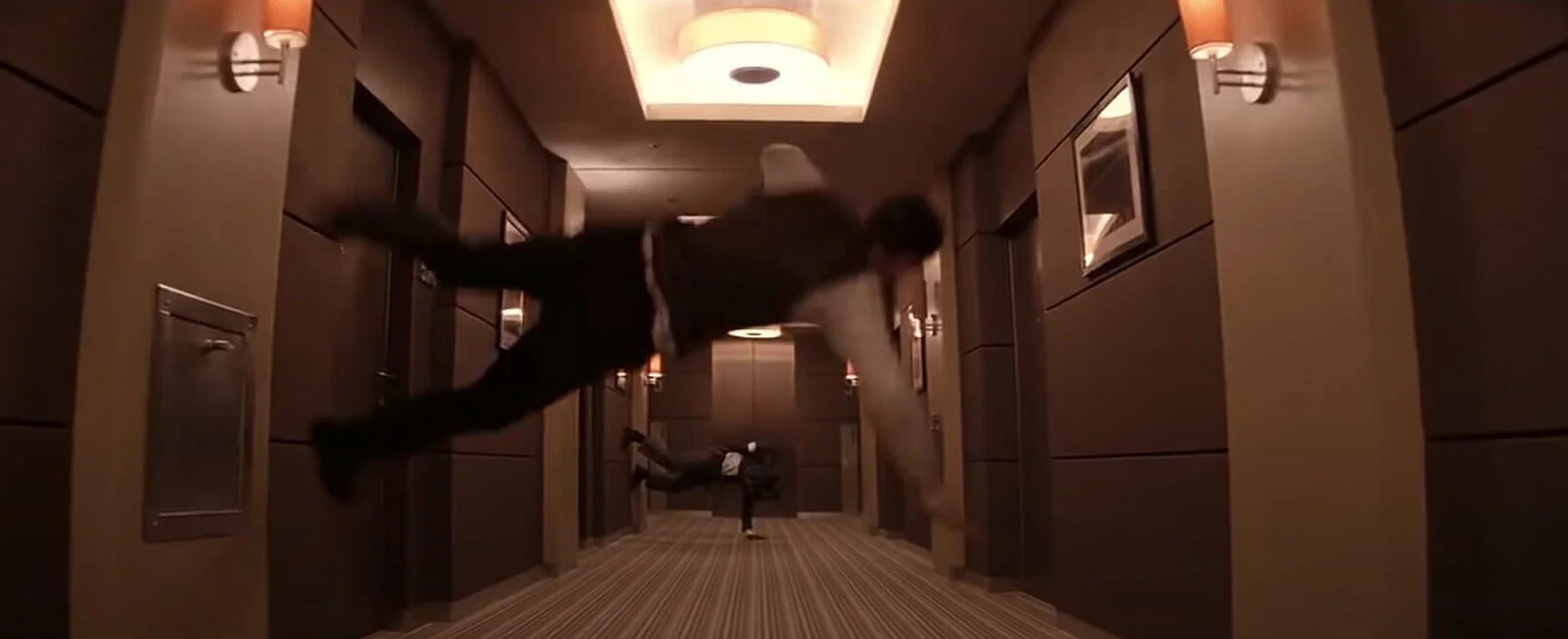
Dream Layer #2 • Cross Cutting Editing
With cross cut edits, we multiply the suspense generated in Scene 1 by the suspense generated in Scene 2 along with creating a clear narrative causality between each action.
For more on this, check out our post and video on how they shot the Inception hallway fight without CGI.
Parallel Editing Example
Parallel editing example from Rocky IV
To show you an example of parallel editing I’ve chosen an example that is also in the form of a montage. It’s important to note that parallel editing can be done without the use of montage, but that you will often find these two editing techniques combine seamlessly. Here's one of the best training montages in film history to show us how it's done.
Parallel editing example from Rocky IV
In this scene from Rocky IV, the parallel cutting illustrates the differences between each fighter's training methods, while suggesting their similar results.
Parallel editing works in a way that both compares and contrasts each image, so make sure to craft separate images that are able to be connected through similar actions that can provide meaning through the comparison.
UP NEXT
Rule of Six: Walter Murch's Eye Trace
Now that you have a better understanding of cross cutting and parallel editing techniques, let's continue with more great editing techniques. One article that will help you make great cuts is The Rule of Six: How to Edit Effectively with Walter Murch's Eye Trace.
Up Next: The Rule of Six →
Showcase your vision with elegant shot lists and storyboards.
Create robust and customizable shot lists. Upload images to make storyboards and slideshows.
